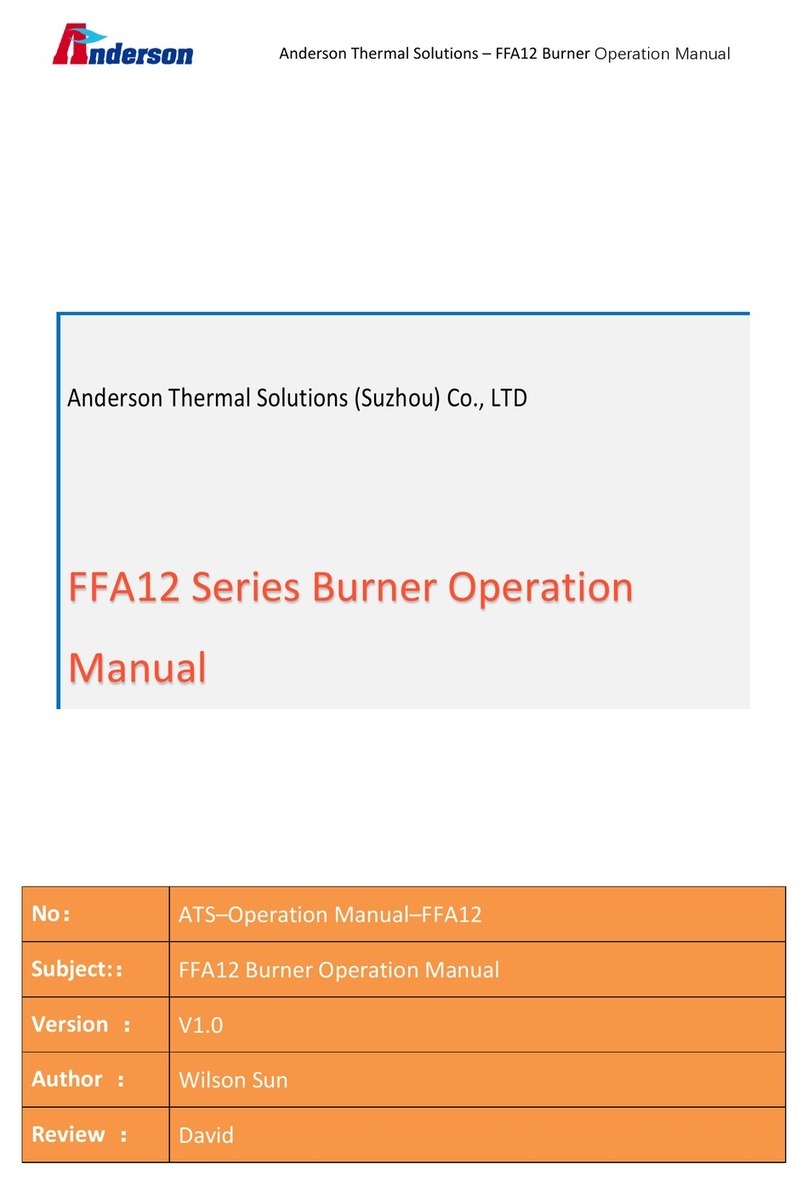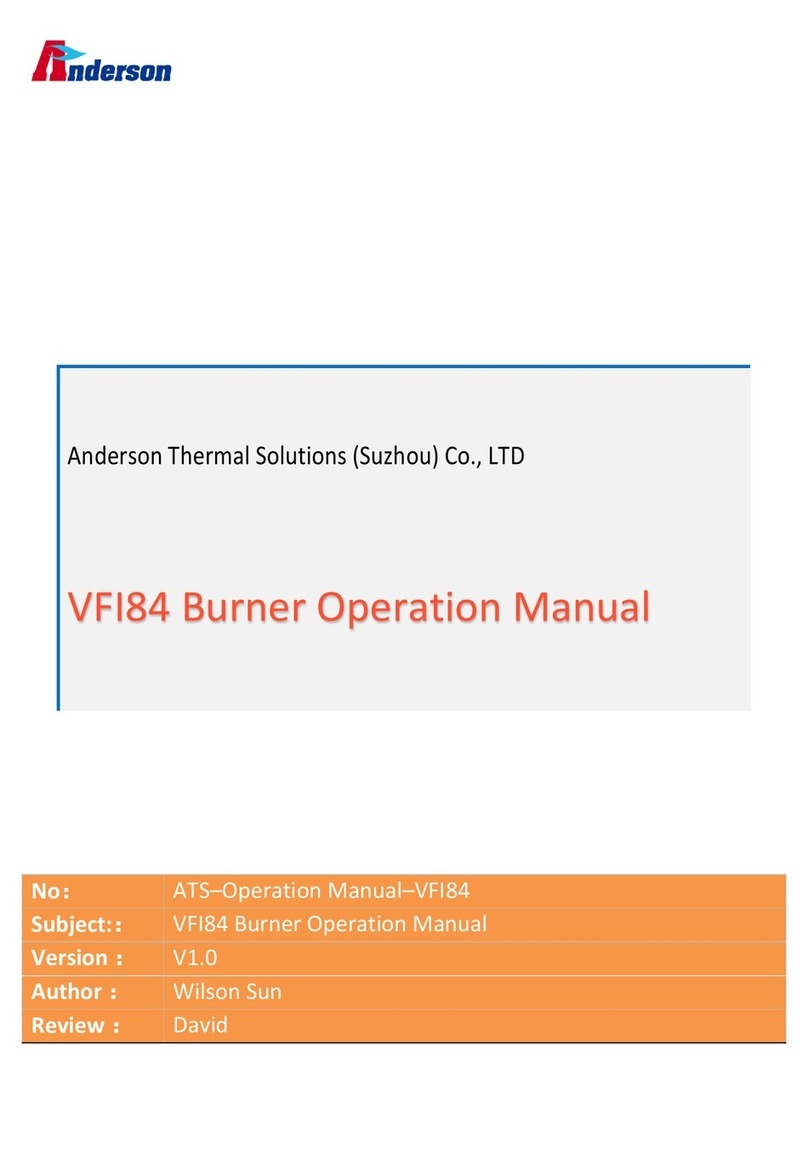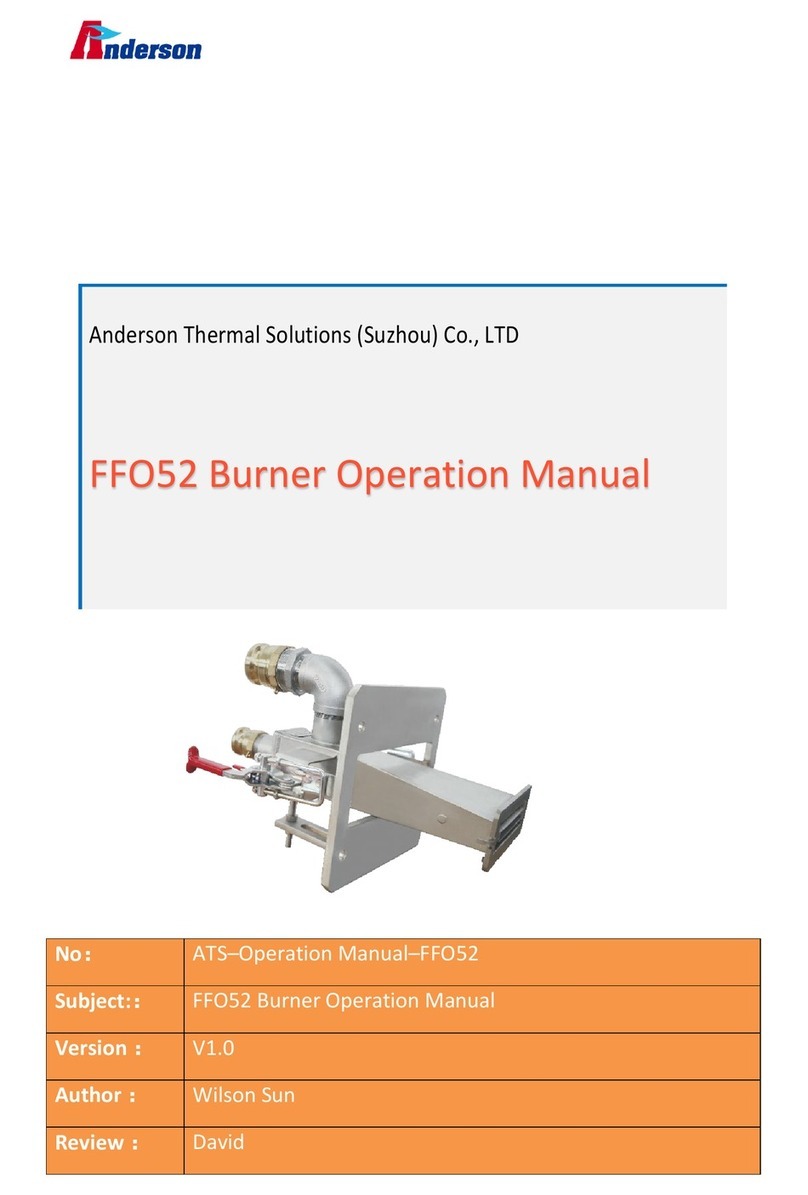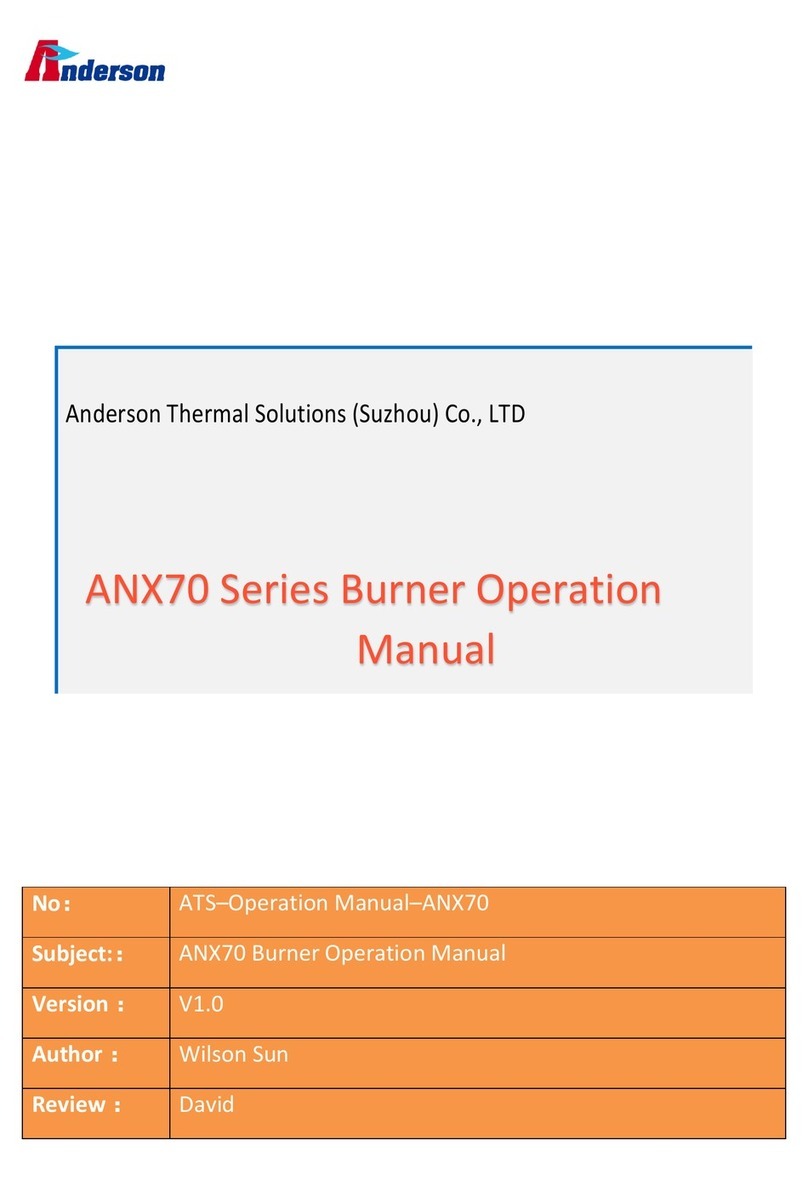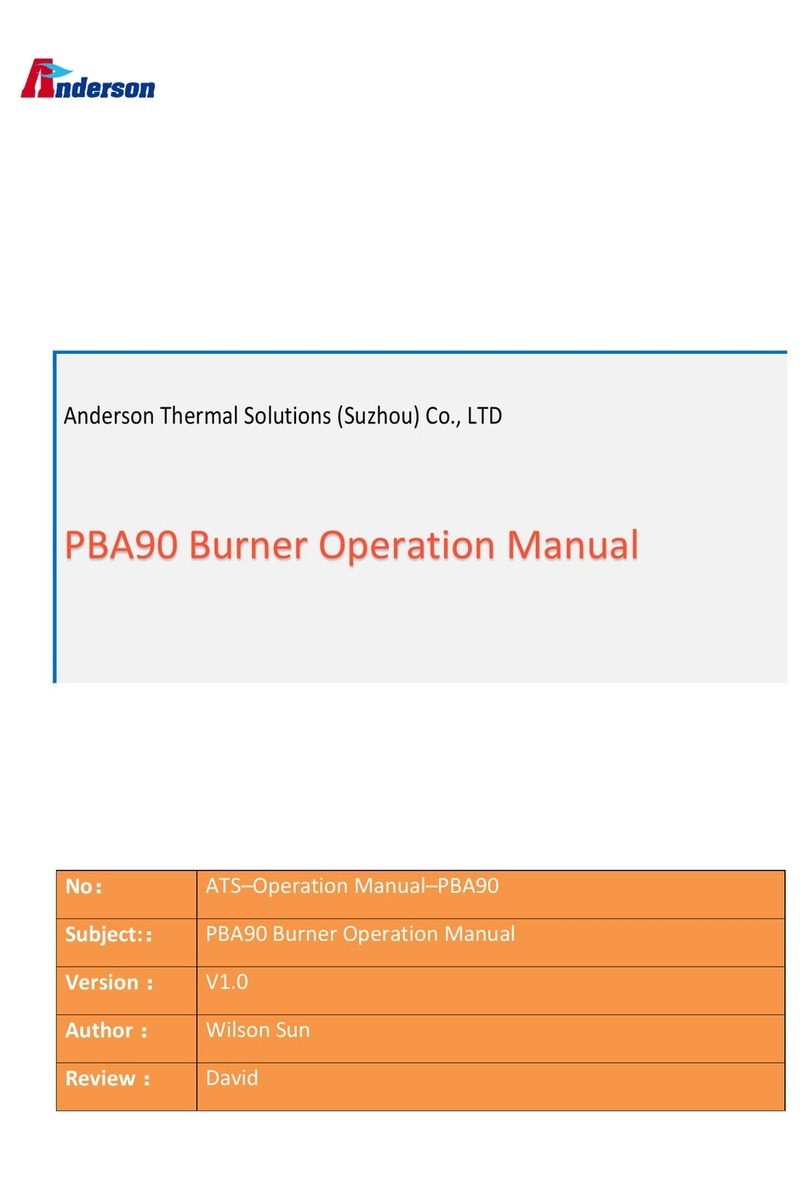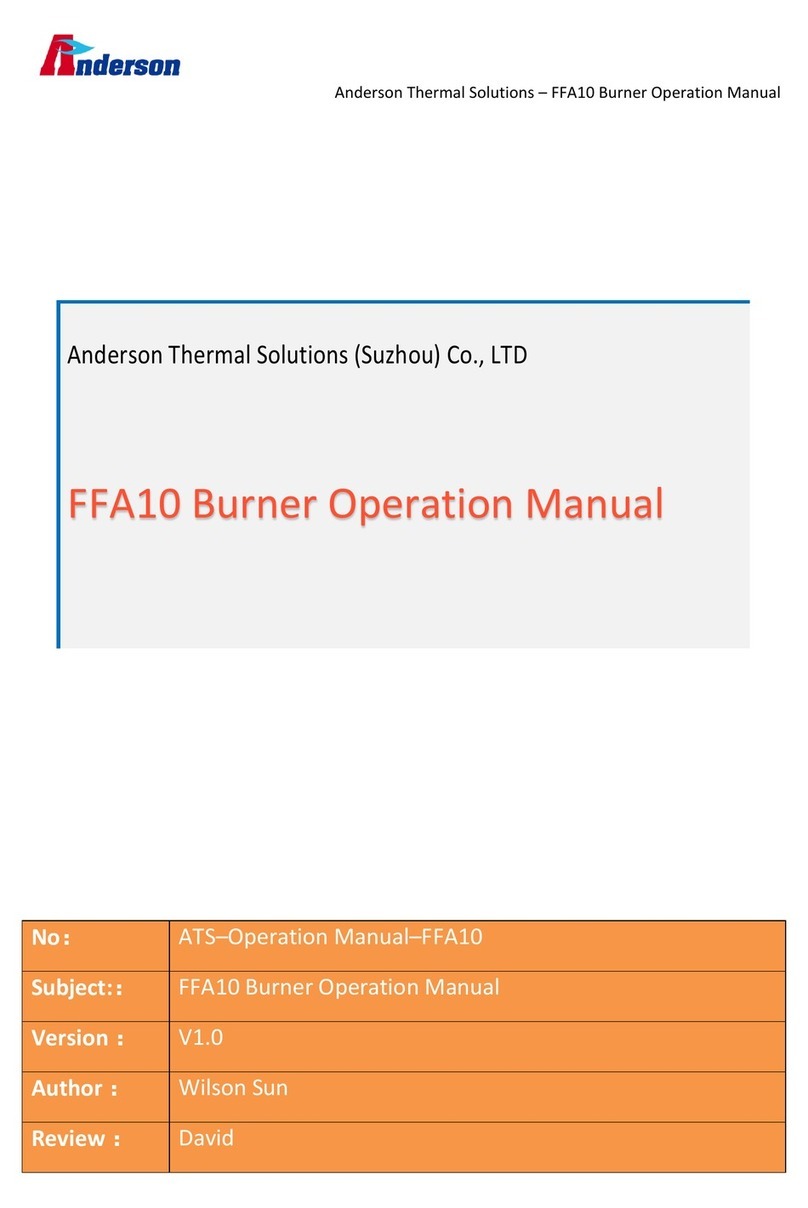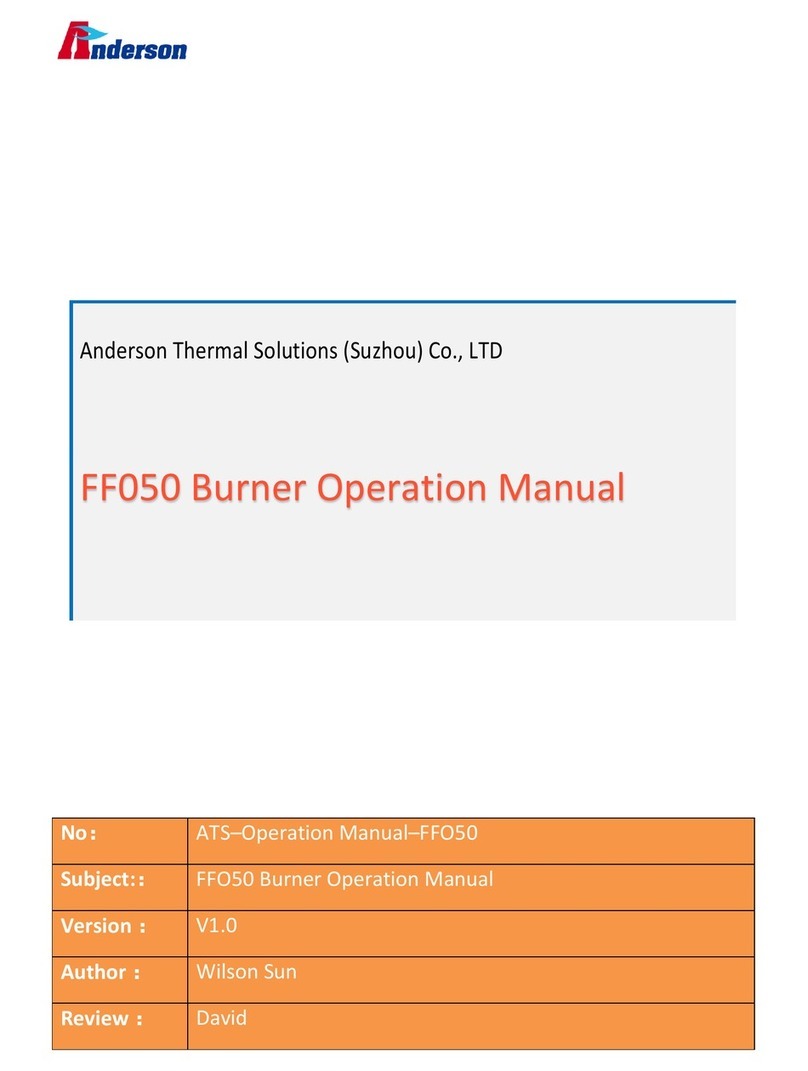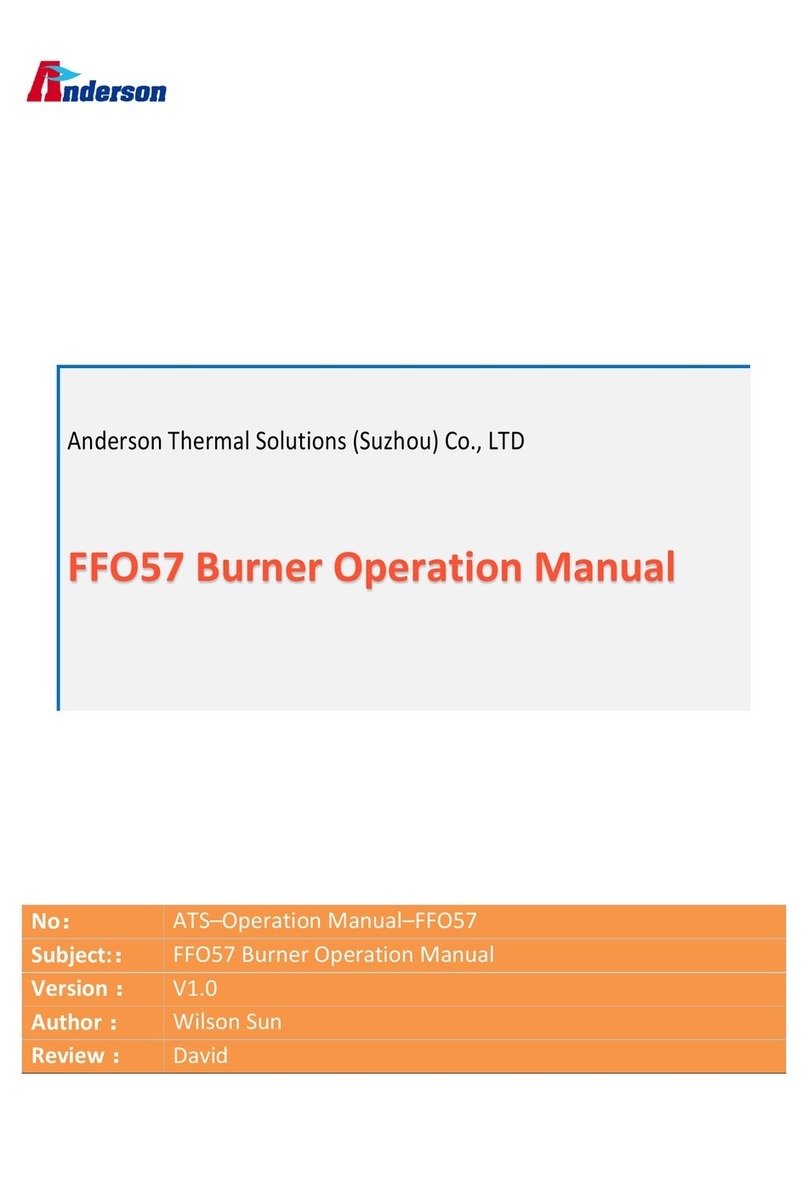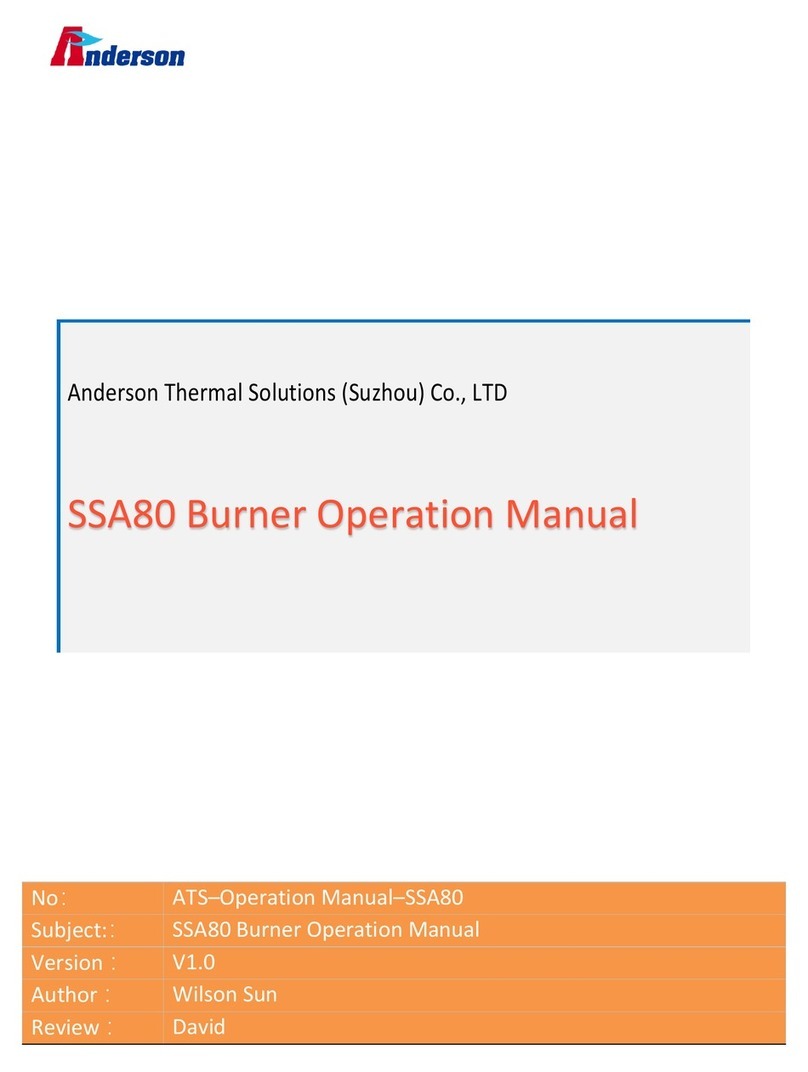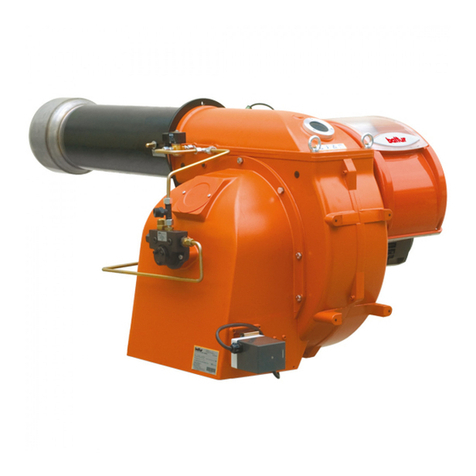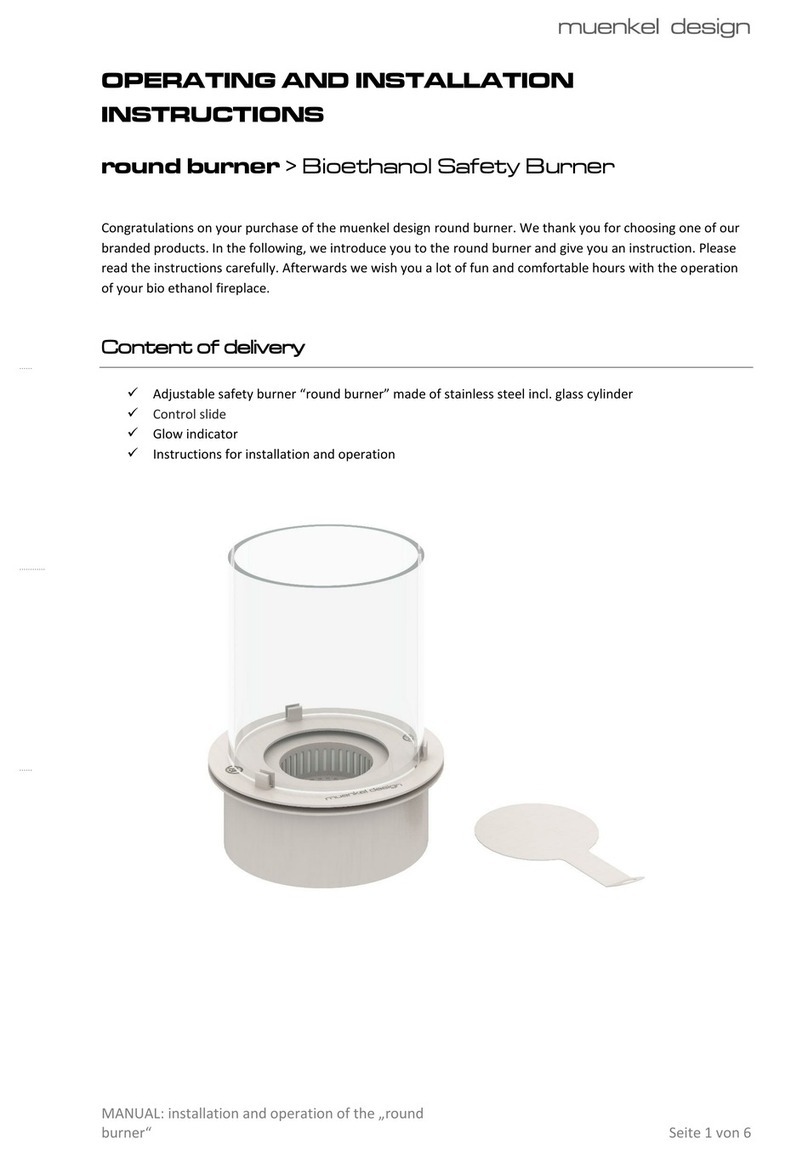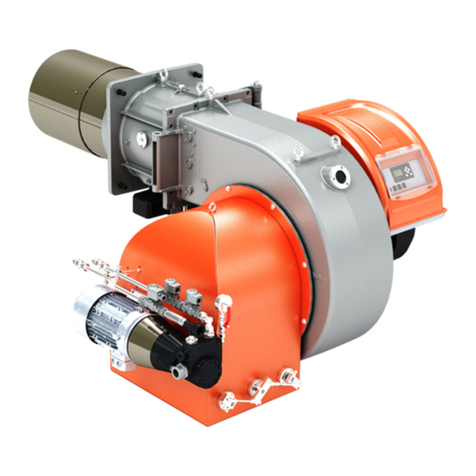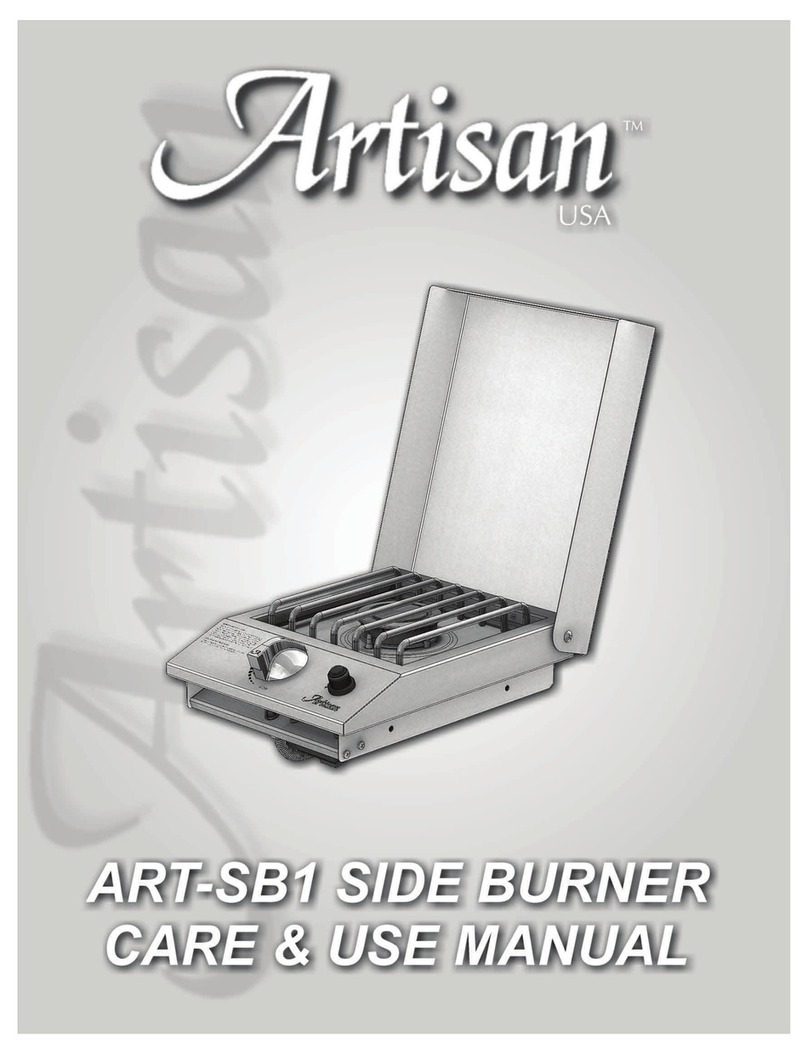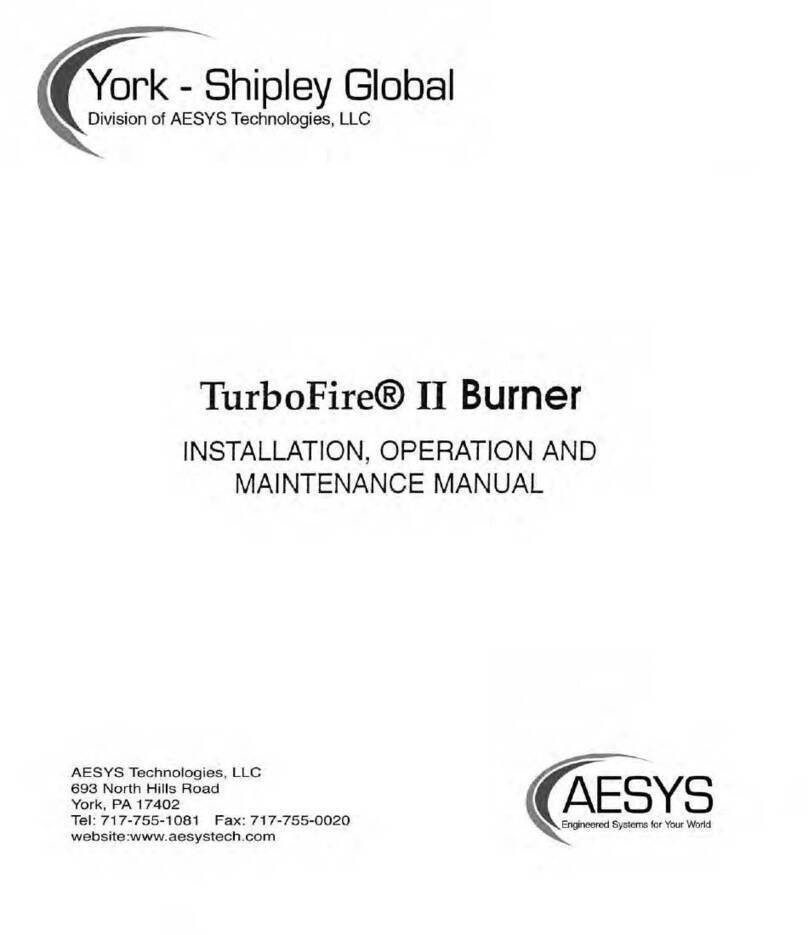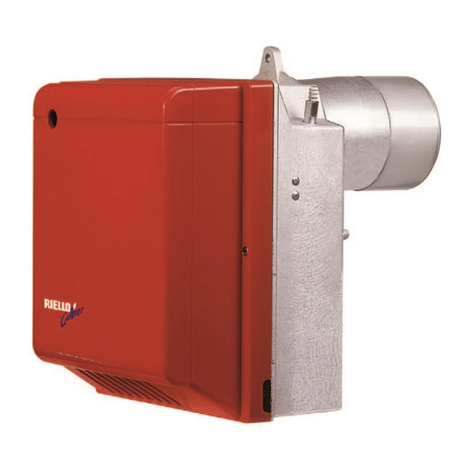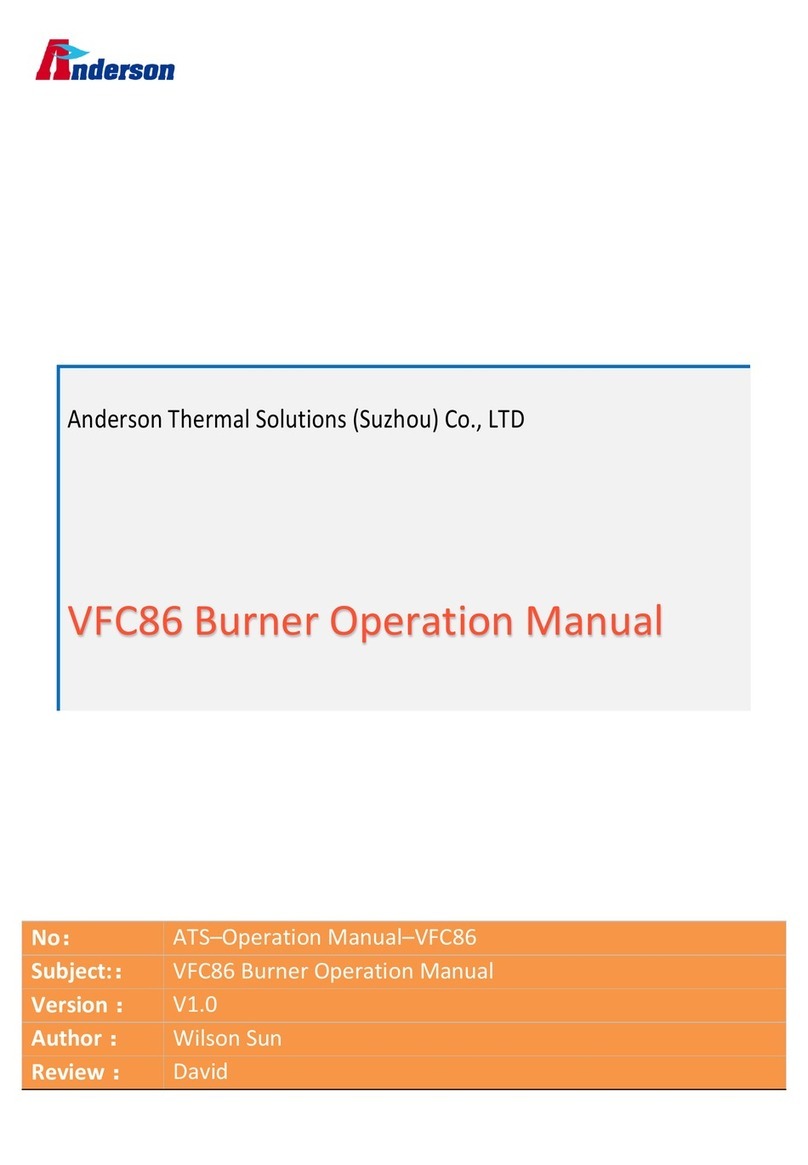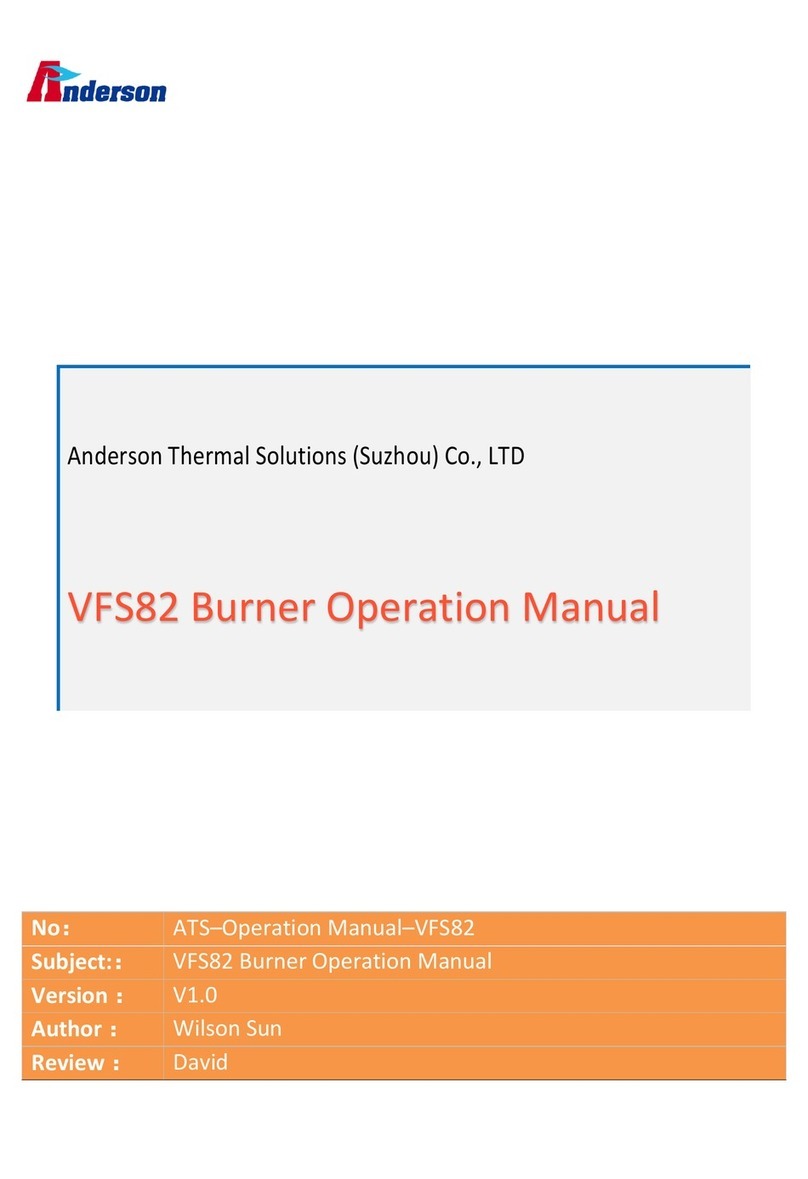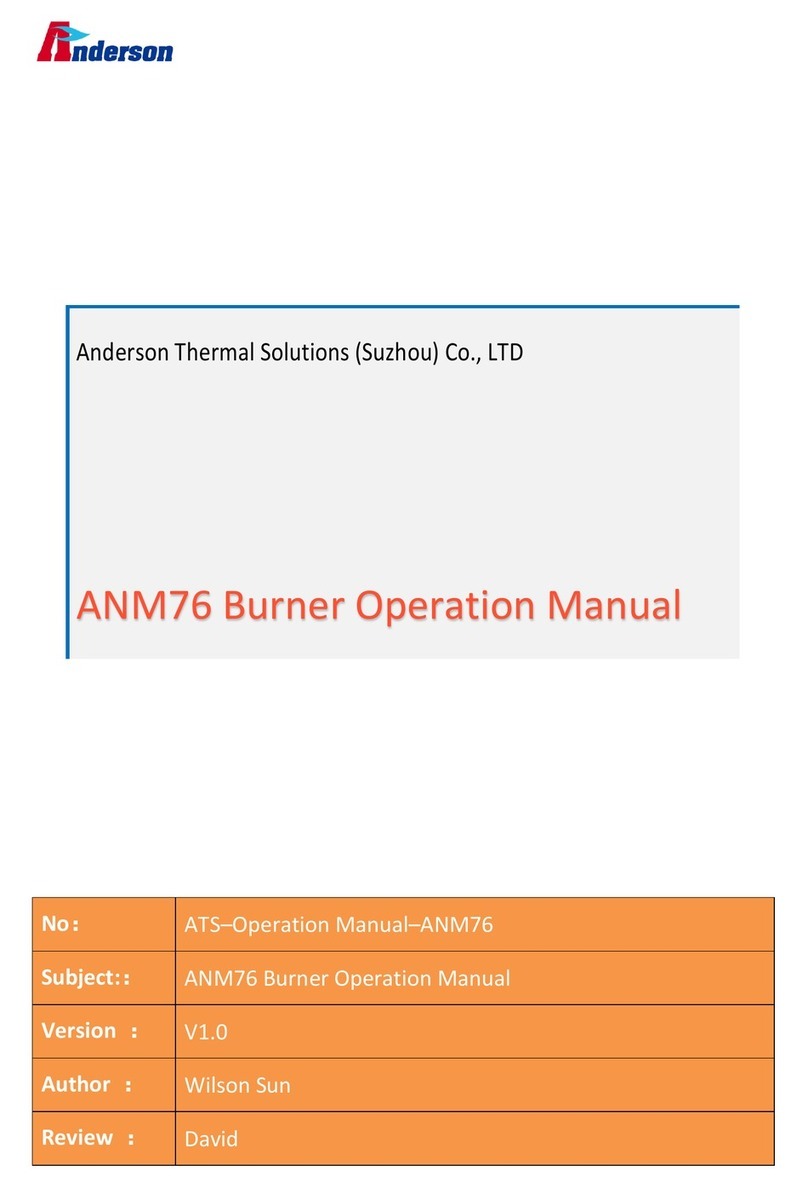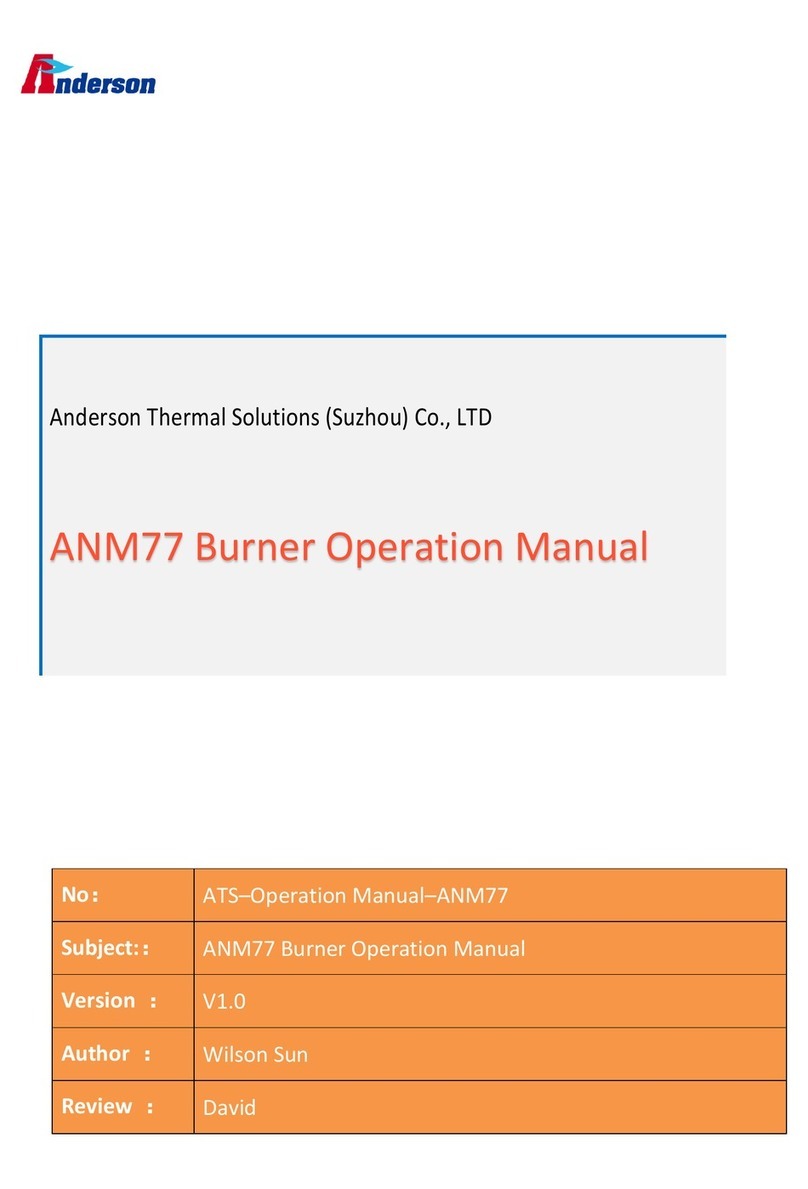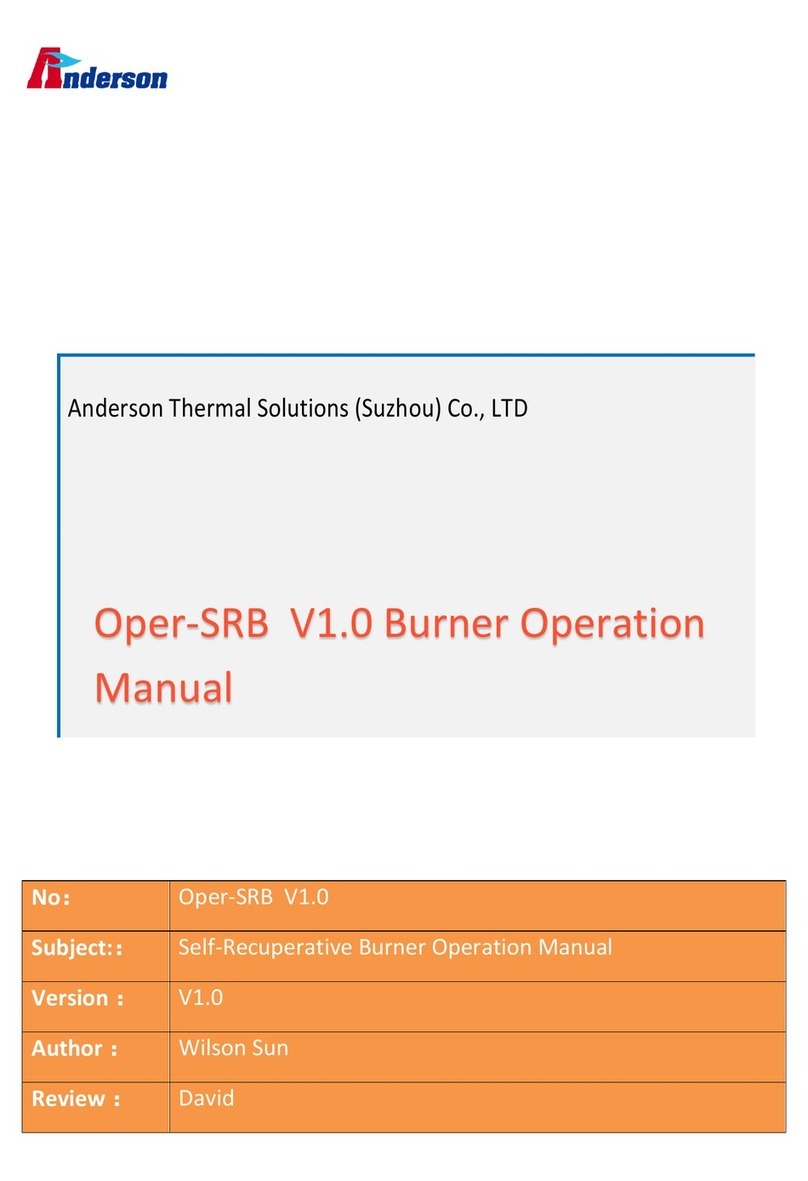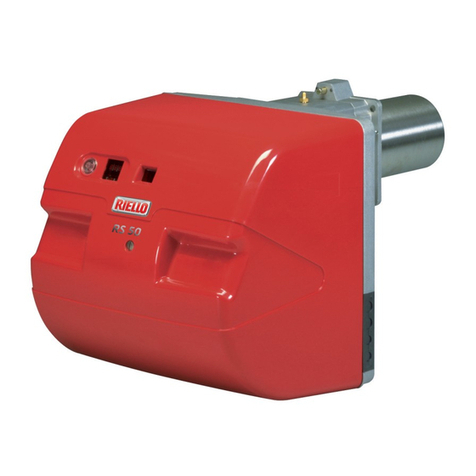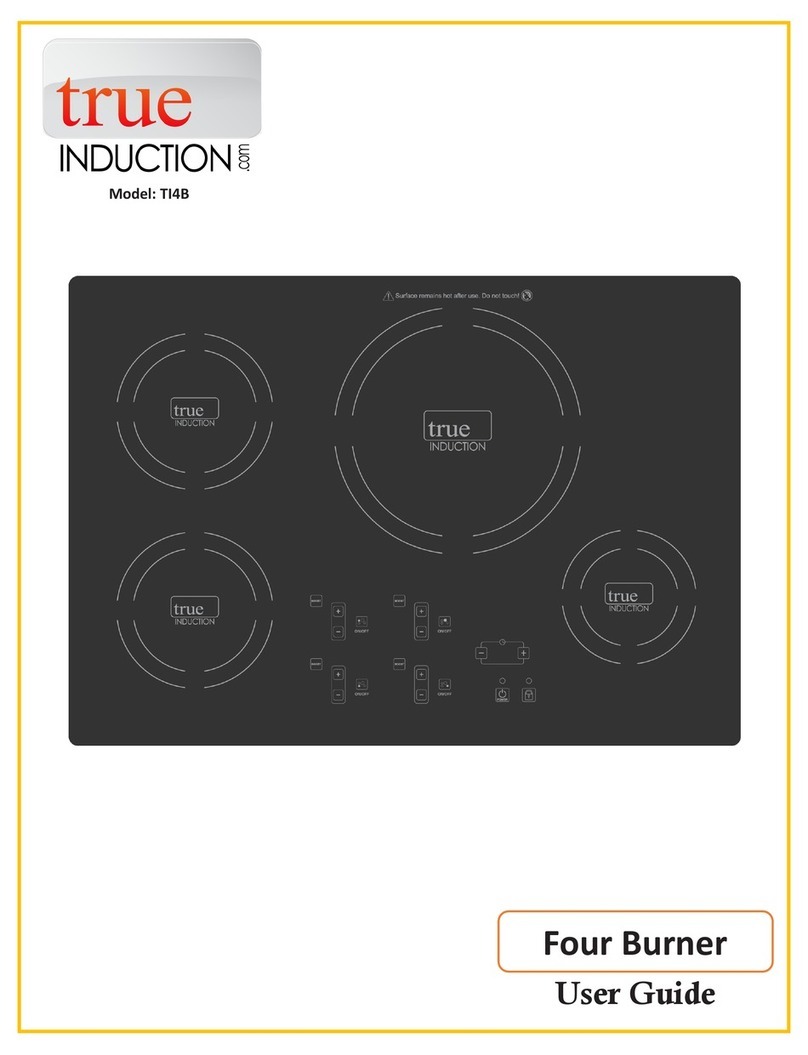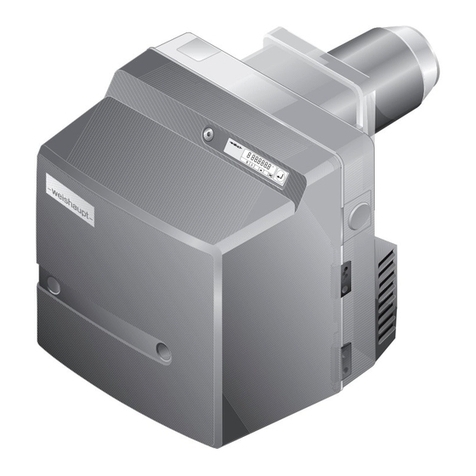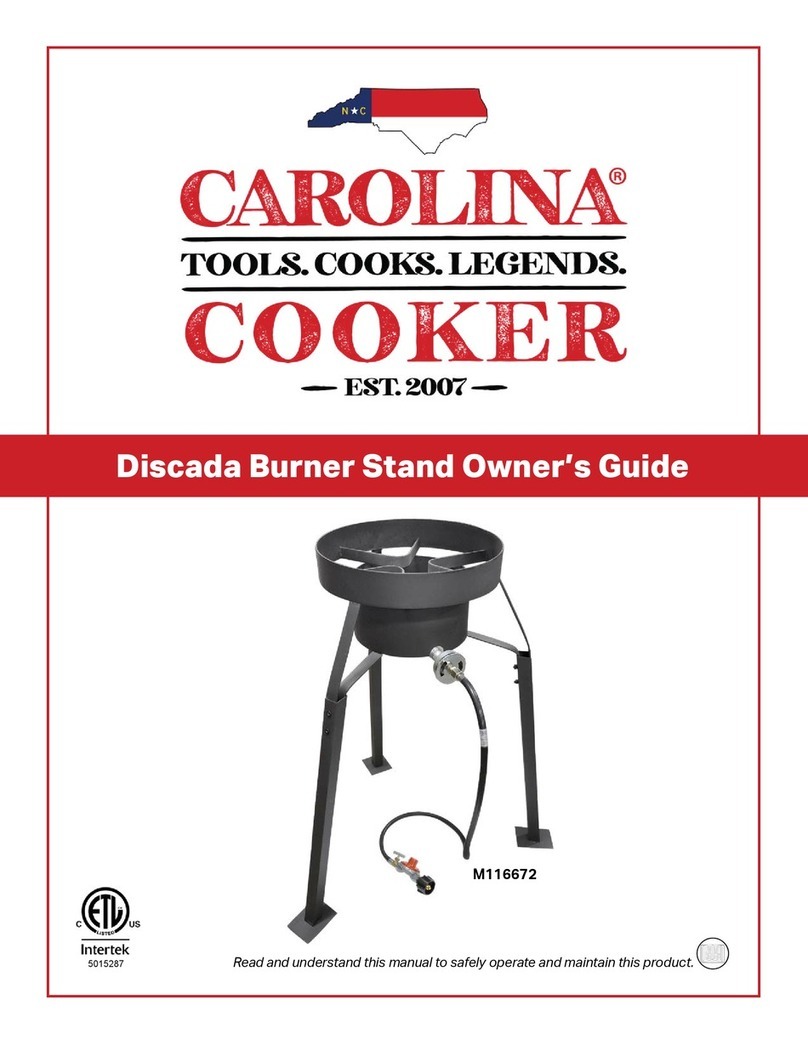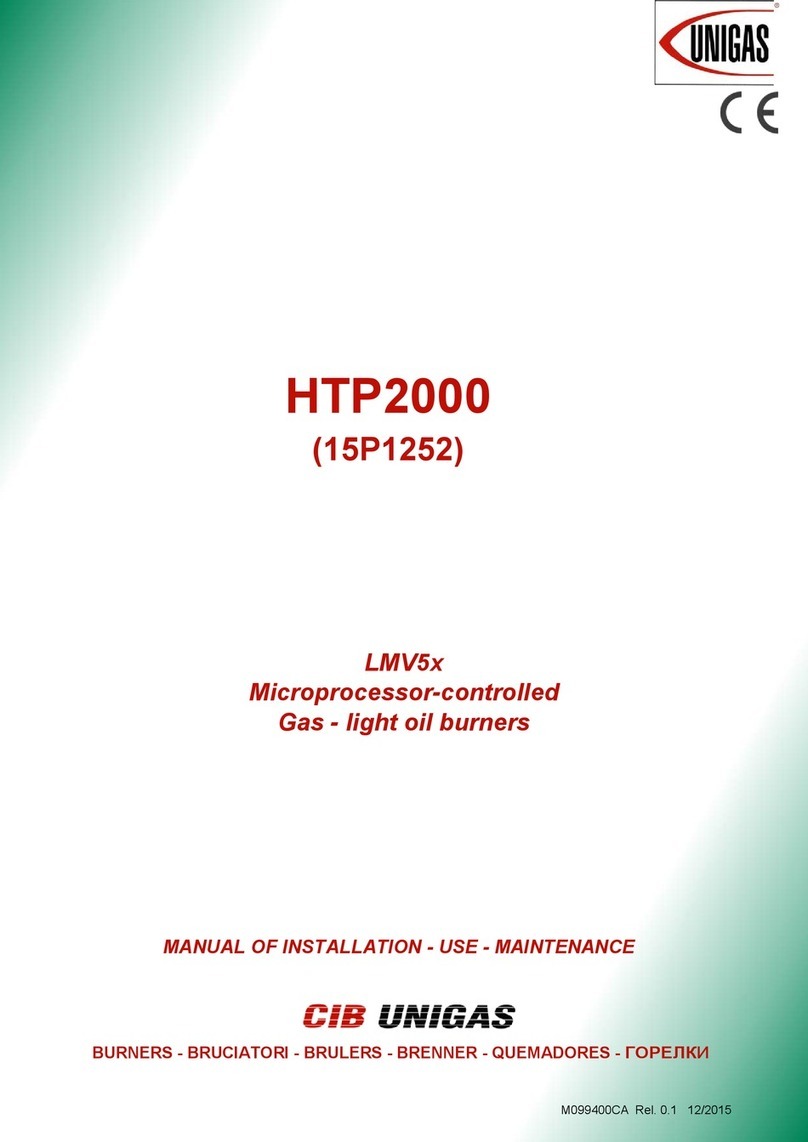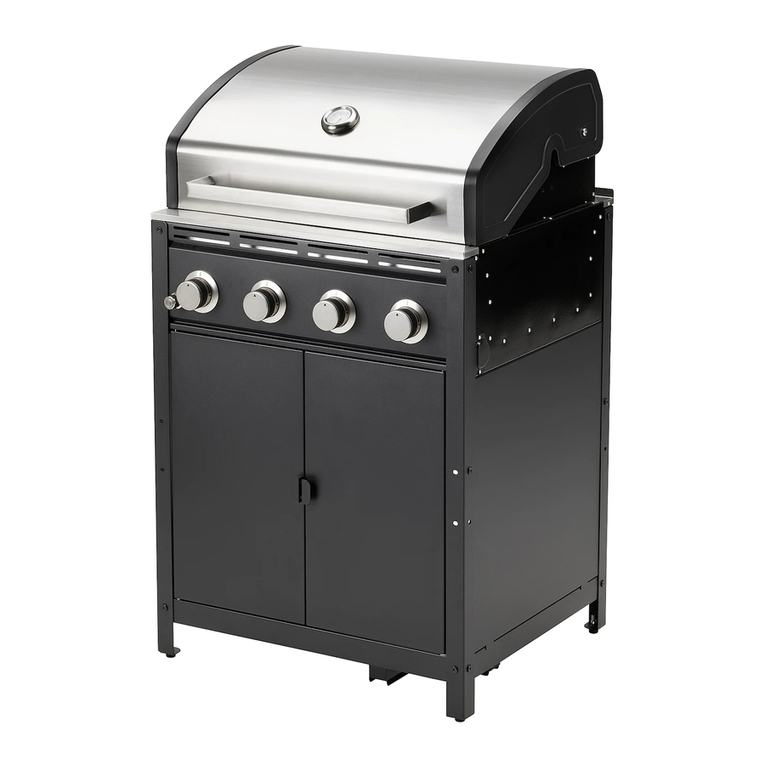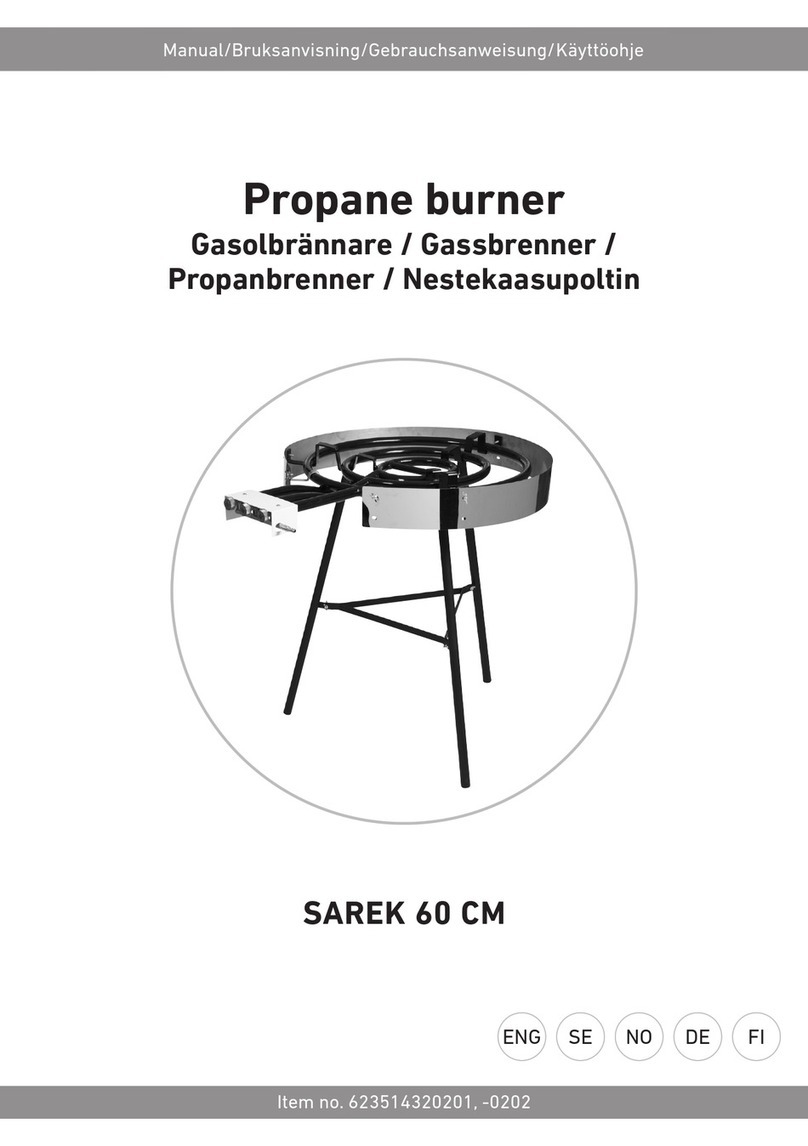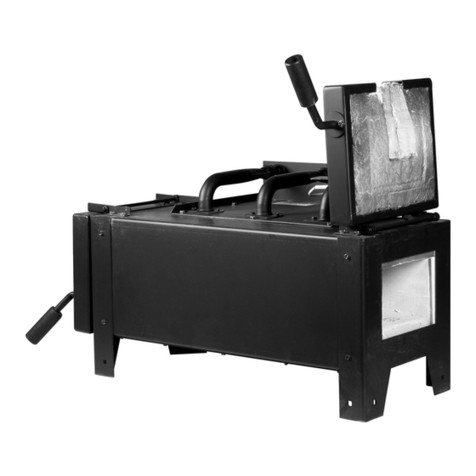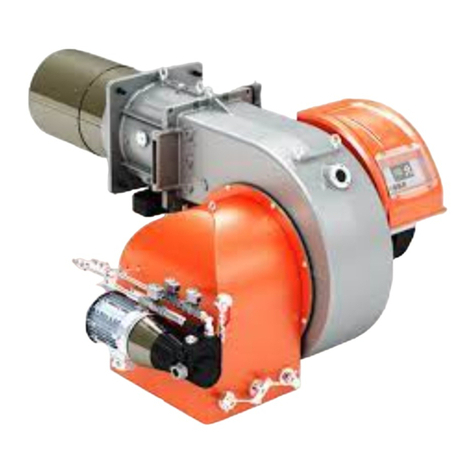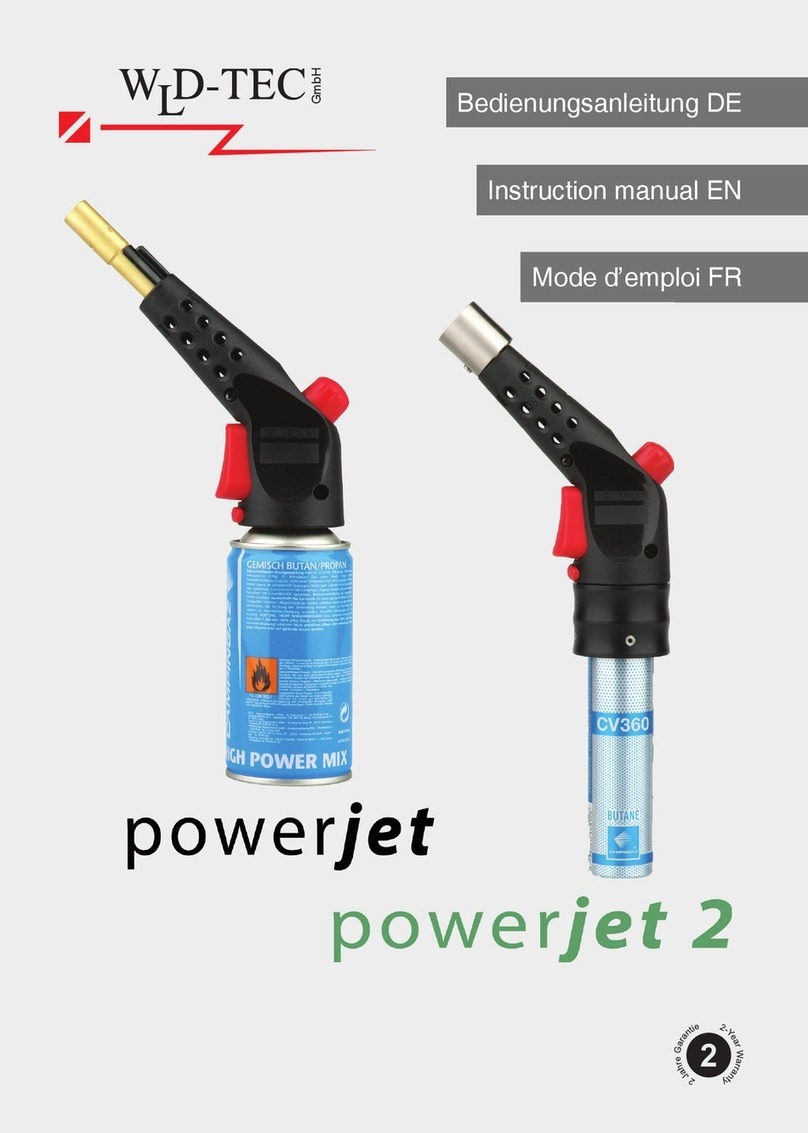
Anderson Thermal Solutions – FFAH21 Burner Operation Manual
Anderson Thermal Soluions(Suzhou)Co., Ltd
1
This manual has been written for those who are already familiar with all aspects of nozzle mix burner
and its add-on components. Main contents of the manual including safety rules, burner installation,
commissioning, operation parameters, maintenance and troubleshooting, spare parts, etc.
1. Disclaimer Notice
Anderson Thermal Solutions (Suzhou) Co., Ltd. reserves the right to change the construction and/or
configuation of our product at any time without informing customers.
If the product or its individual modules are used for purposes other than the designated purpose,
their effectiveness and suitability must be confirmed.
Anderson warrants that the product itself will not infringe any patents. Every effort has been made
to make this manual as accurate and complete as possible. If you find errors or omissions, please
contact us so we can correct them.
2. Liability and Warranty
Due to negligence, breach of warranty or other reasons, Anderson's liability for its products is limited
to the provision of such replacement parts and will not be liable for any other injury, loss or expense,
whether direct or indirect, including but not limited to loss of or damage to the use of materials that
sell, install, use, fail to use or repair or replace Anderson related products.
The warranty is void if: any operation explicitly prohibited in this manual, any adjustment or assembly
process not recommended or authorized.
3. Safety instructions
Only those who were trained and qualified person can follow the manual to operate or adjust the
combustion system. The fire was prohibited within a radius of 5 meters of the combustion system.
Flame, non–covered light sources or heat sources shall not be brought to the combustion area unless
it is related to the process. Welding in combustion control area shall be approved to ensure the safety
in the area and also preventive measures should be taken into consideration.
Before starting, the operator must confirm whether the burner and gas pipeline are in normal
working condition, and there is no flammable substance around the burner. The burner must be
operated with fuel and oxygen or air. The ignition and operation of the burner must be performed at
the specified position. The burner has been correctly and safely installed before ignition. The ignition
of the burner needs to be performed after the combustion chamber is purged. If it is ignited at a low
temperature, it needs to be replaced with 5 times the volume of the combustion chamber to avoid
explosion.
However, it is not necessary to purge when the temperature is higher than 750°C. Air pipe or gas pipe
connected with burner should be tight enough with no leakage, also the periodically check air or fuel
nozzles of the burners to prevent to be blocked by dust, slag or other materials.
